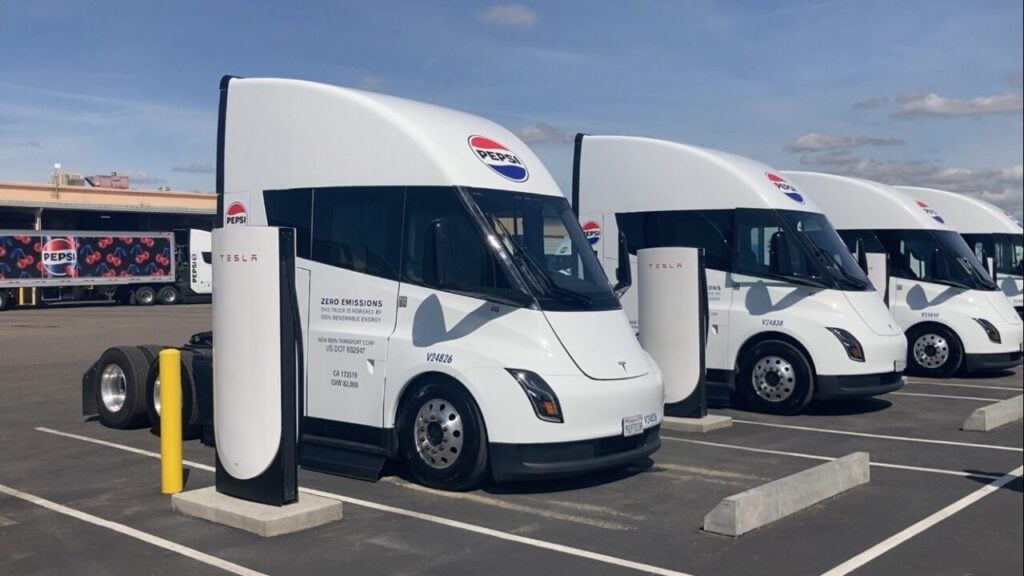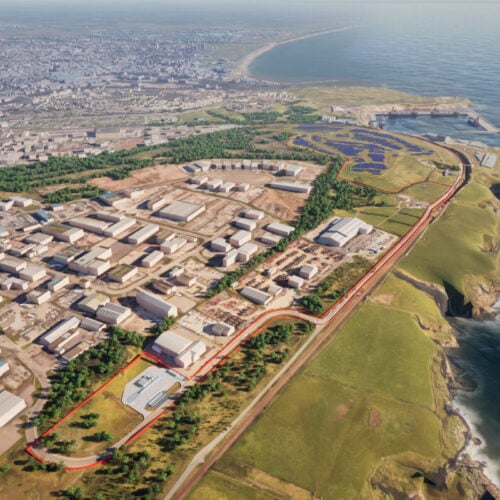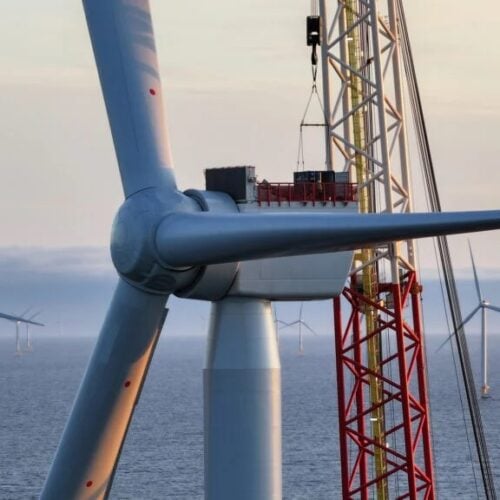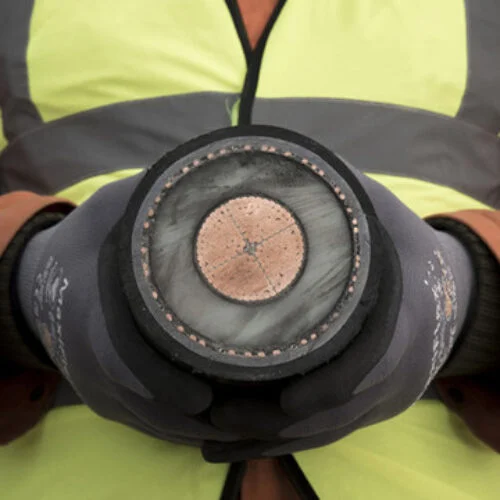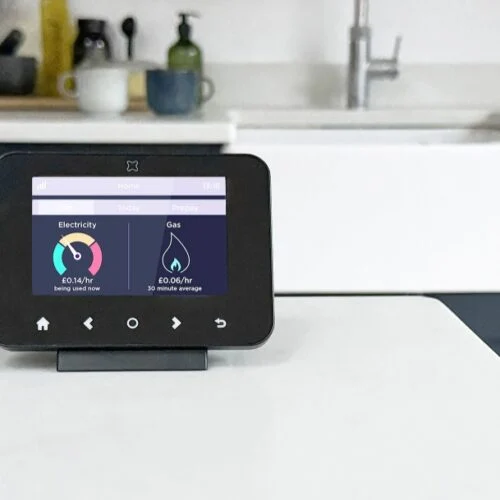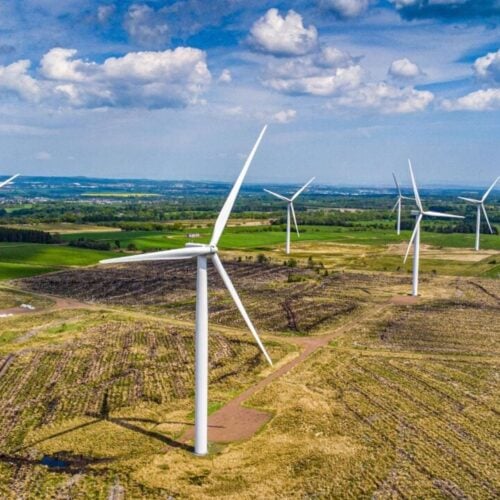US utility Pacific Gas and Electric Company (PG&E) has announced a new service which will allow more EV chargers in California to connect to the grid without needing to wait for grid capacity upgrades.
The new Flex Connect service uses PG&E’s cloud-based Distributed Energy Resource Management System (DERMS) to adjust the energy supply to a site based on when electricity supply is readily available. The system, developed and deployed in collaboration with Microsoft and Schneider Electric, allows sites to connect to the grid sooner while the utility completes longer term grid infrastructure in the area.
As a representative example, PG&E cites a new EV charger project which asked the utility for 2MW of connection capacity. While the grid can provide this 2MW most of the time, at peak times, such as on hot summer evenings, the grid could only provide around 0.5MW. Previously, the chargepoint operator would need to wait several years for the grid upgrades to take place to be able to supply the full 2MW 100% of the time, but under Flex Connect, the chargepoint operator would be able to connect to the grid immediately and still receive the full 2MW supply most of the time, while waiting for PG&E to perform the upgrades needed to guarantee a 2MW full time.
To date, PG&E has connected over 6,300 EV charging ports to the grid across Northern and Central California, numbers which are expected to increase significantly as EV uptake across the US grows. So far, the utility has expedited the connection of four EV charger sites through Flex Connect and several more sites are in development.
Mike Delaney, vice president of utility partnerships and innovation at PG&E, stated that the system could serve as a template for other utilities across the US to speed their own rollout of EV chargepoints. He praised Schneider Electric’s contribution, calling it “a premier collaborator” and adding “This is what innovation and partnership looks like and now other utilities across the nation can benefit from the work happening here at PG&E and in California”.
PG&E is also using its DERMS system to help bring more battery energy storage systems (BESS) capacity online. In late 2024, PG&E deployed its first DERMS-connected lithium-ion BESS at a substation near Yuba City, California, and has plans to operationalise a second one in Kern County by mid-2025.
